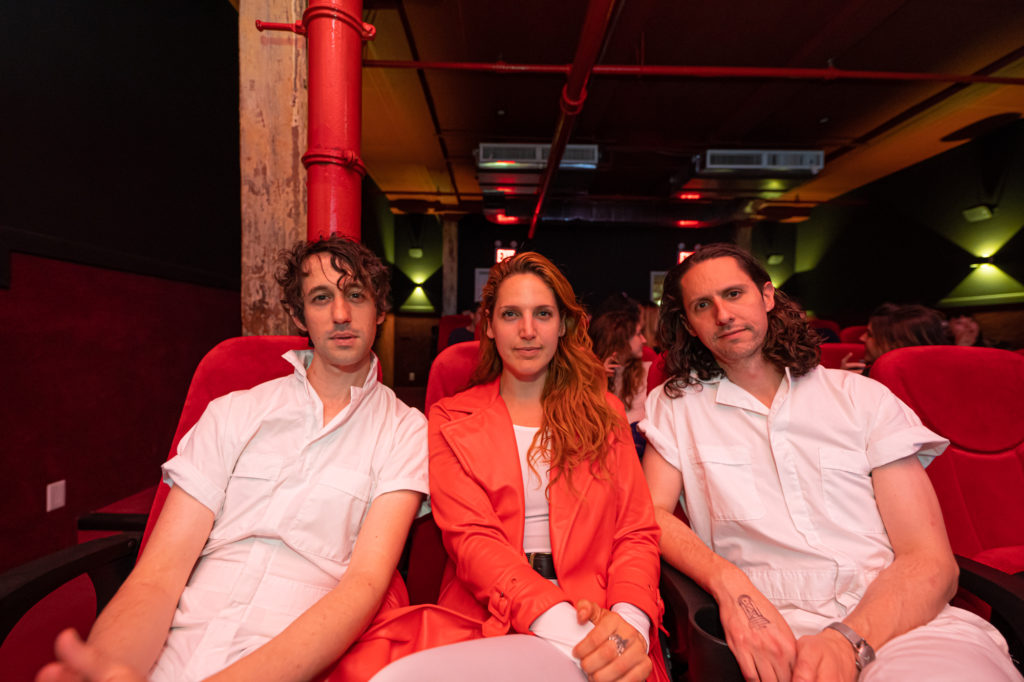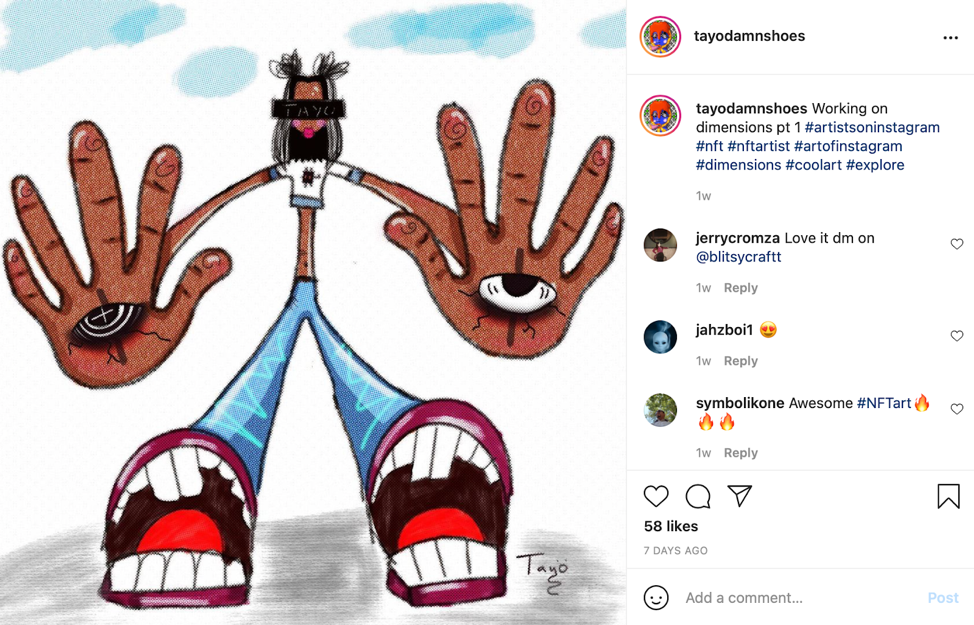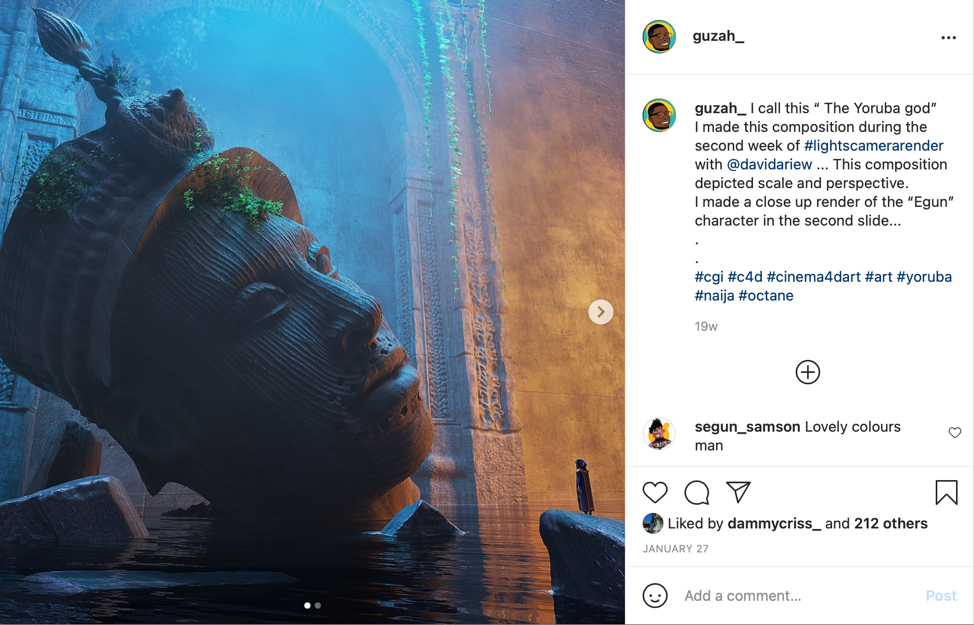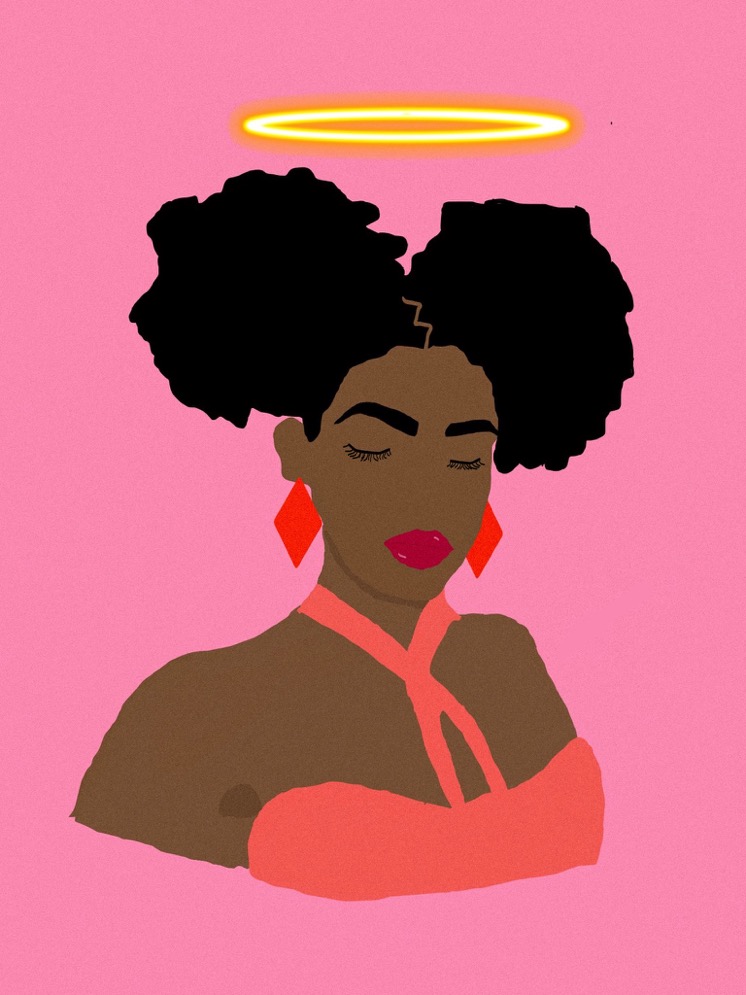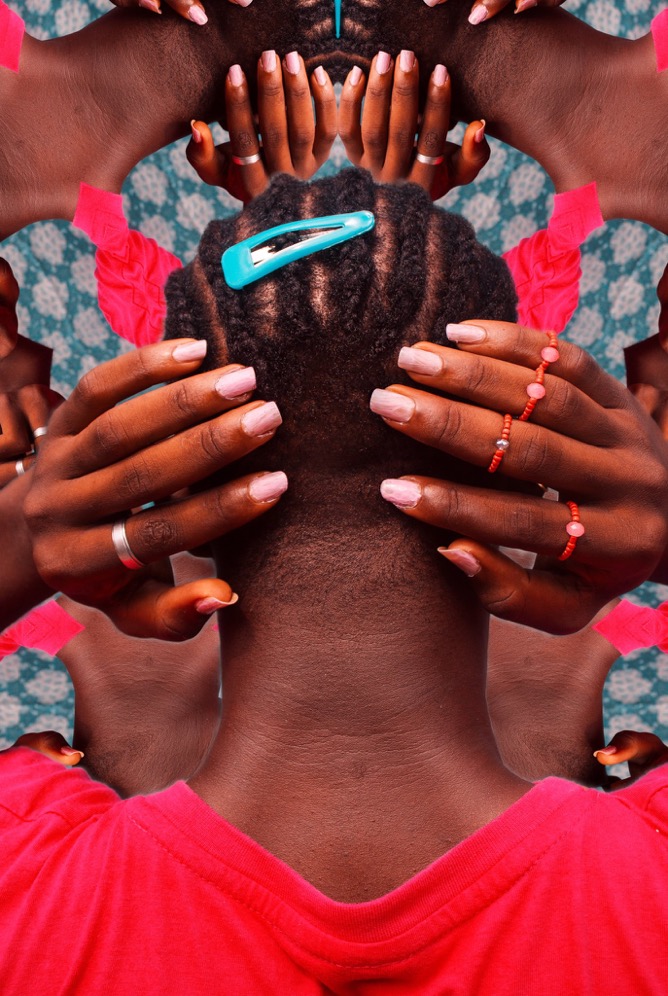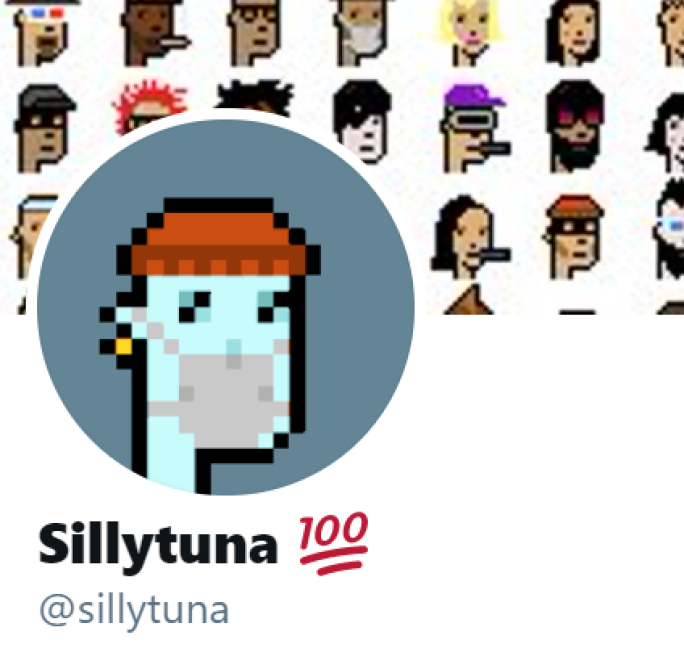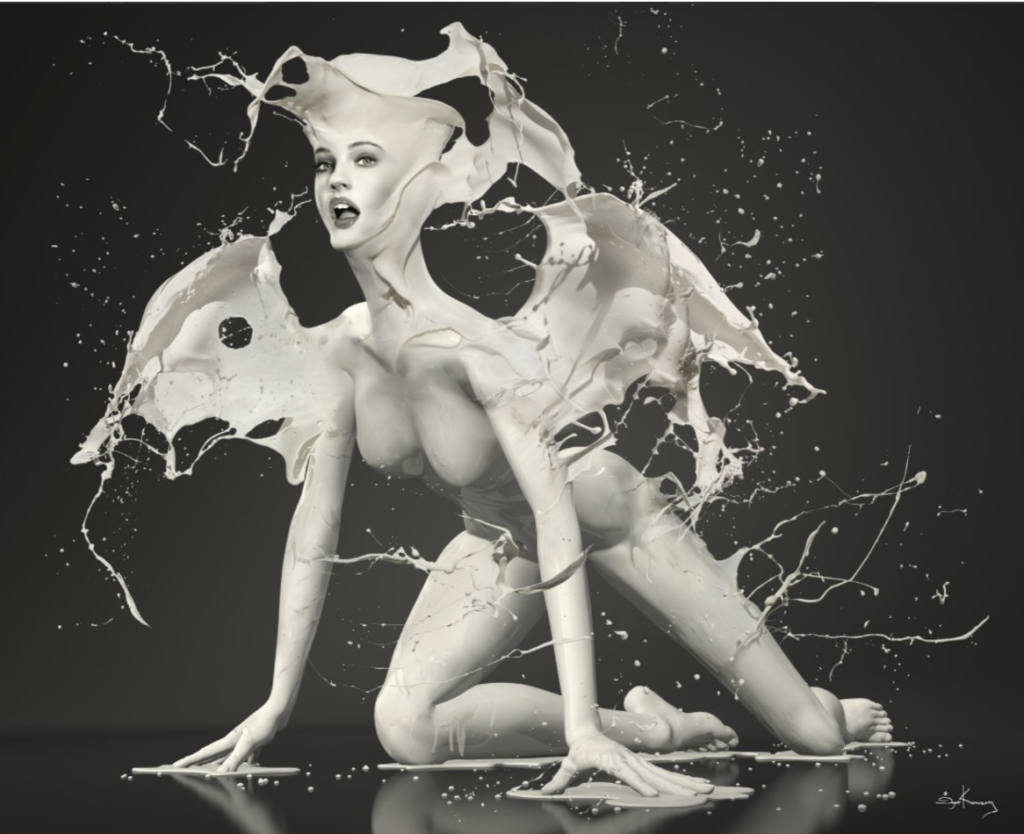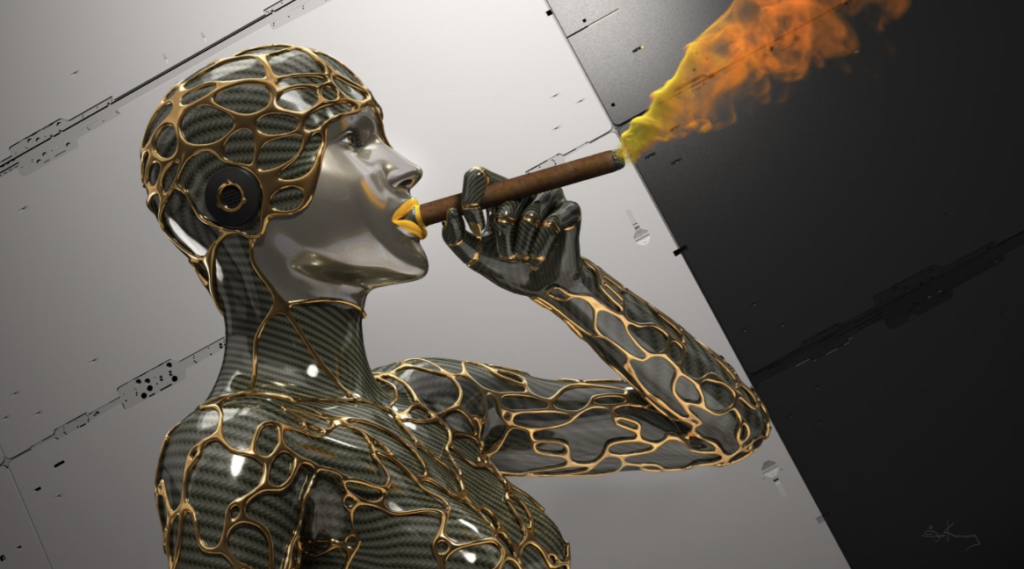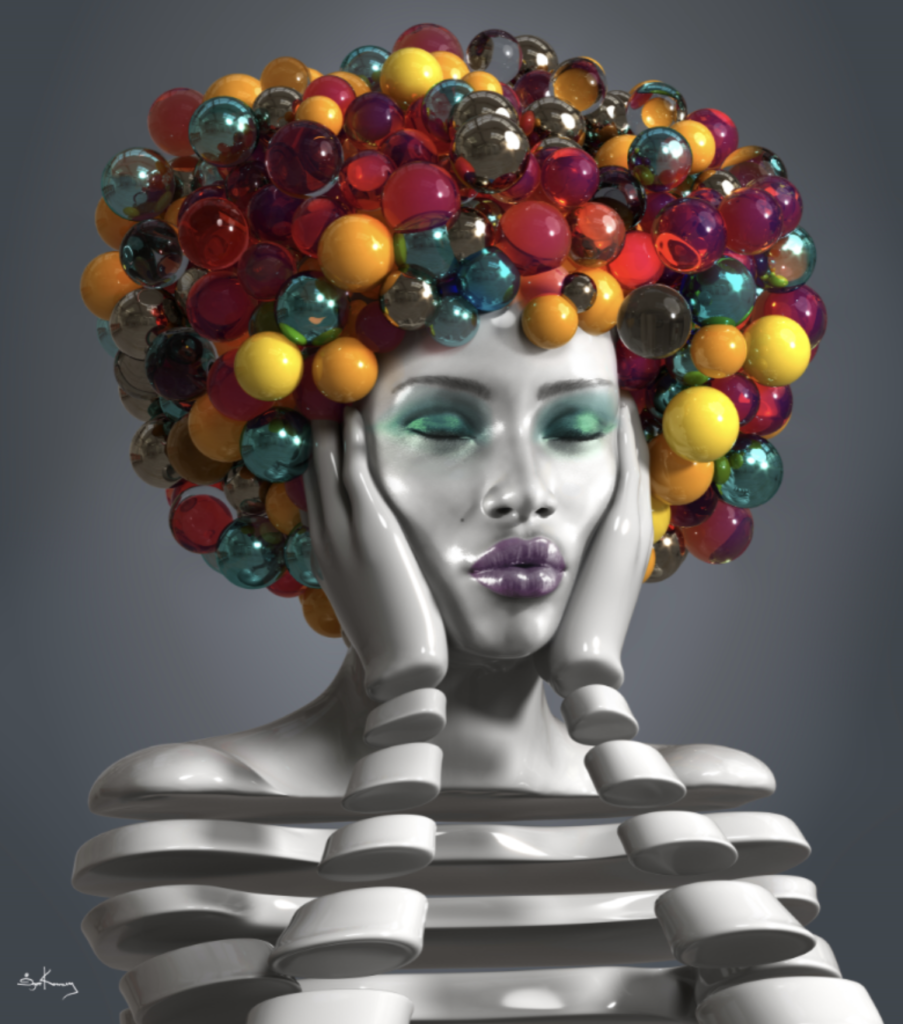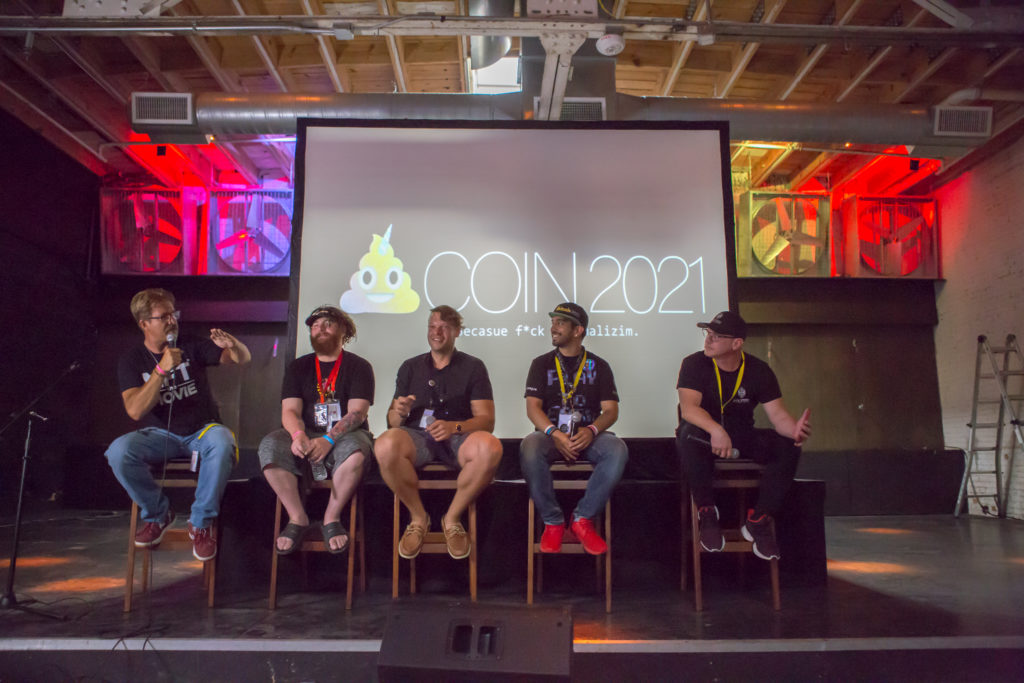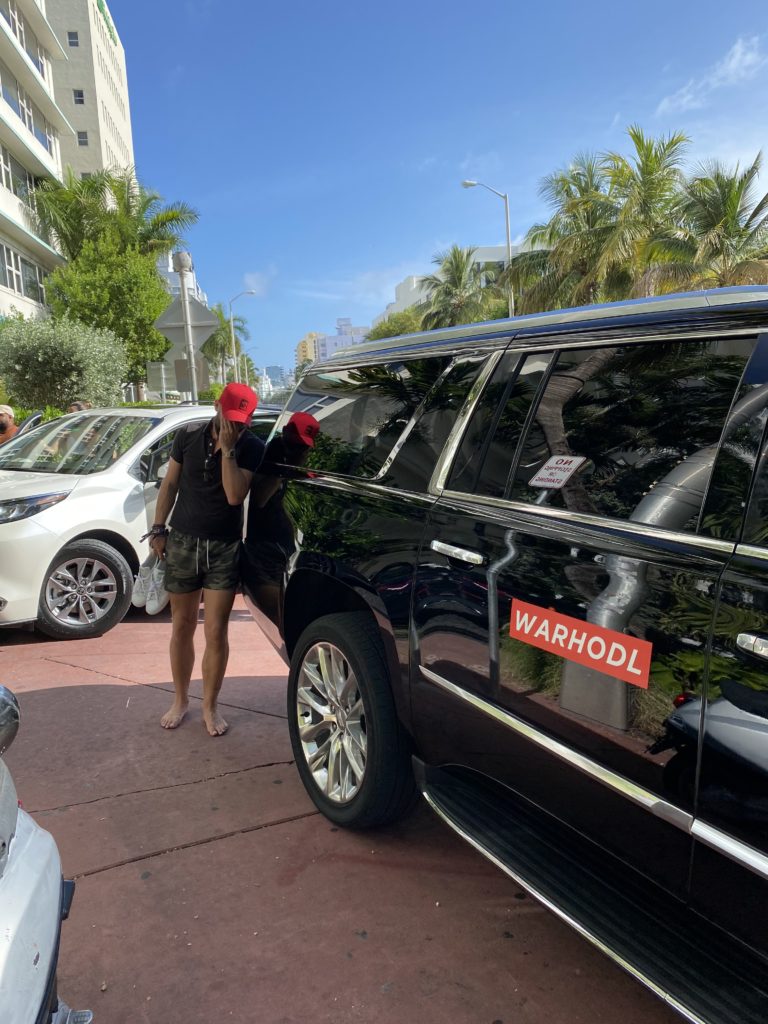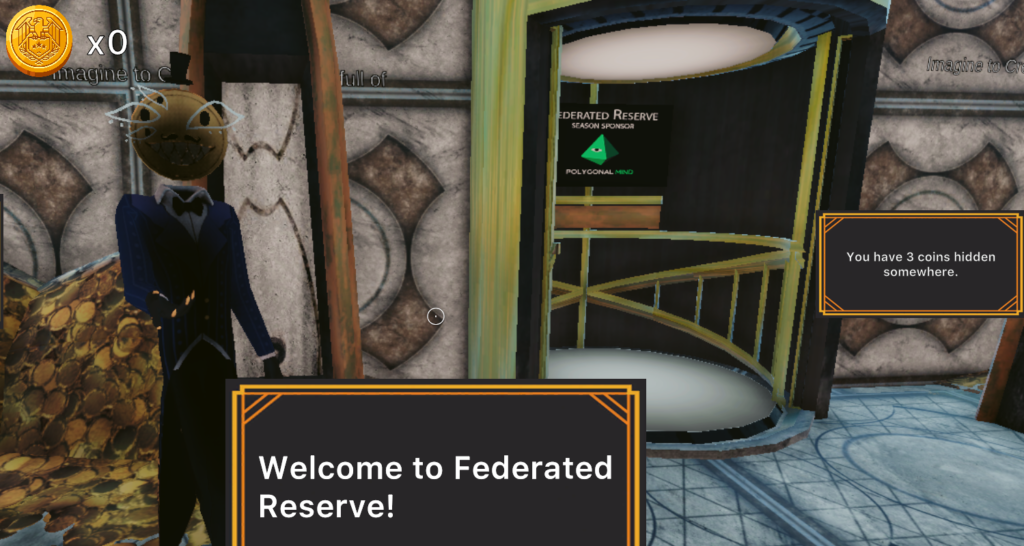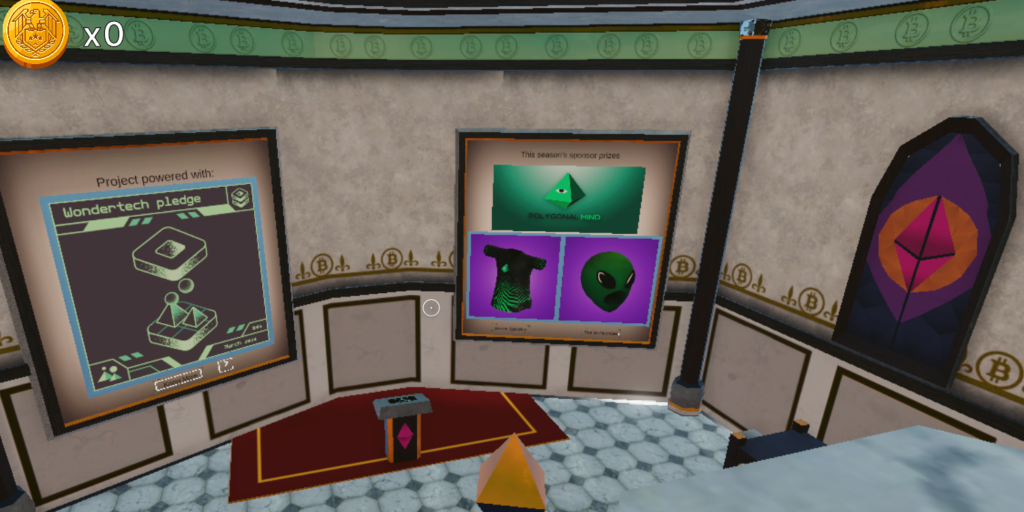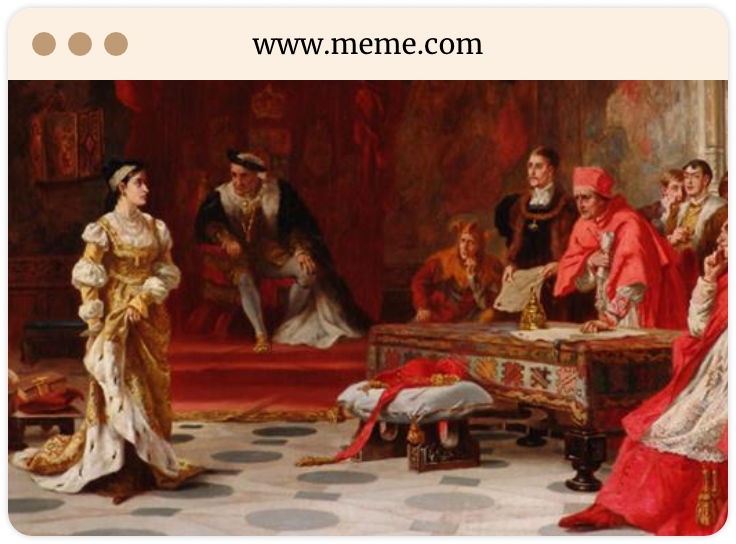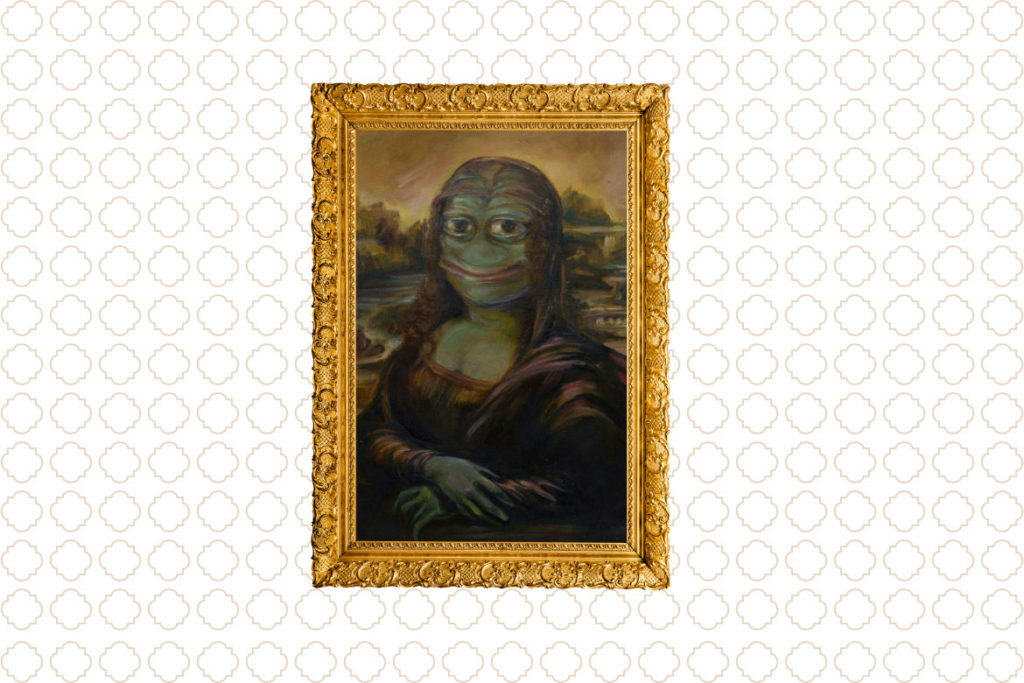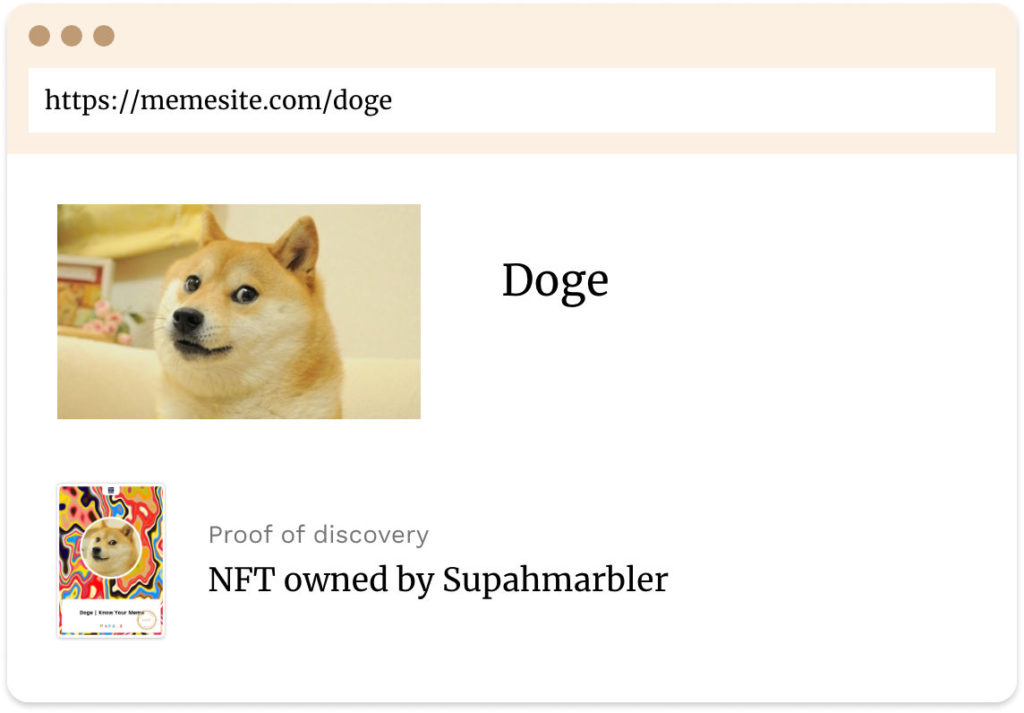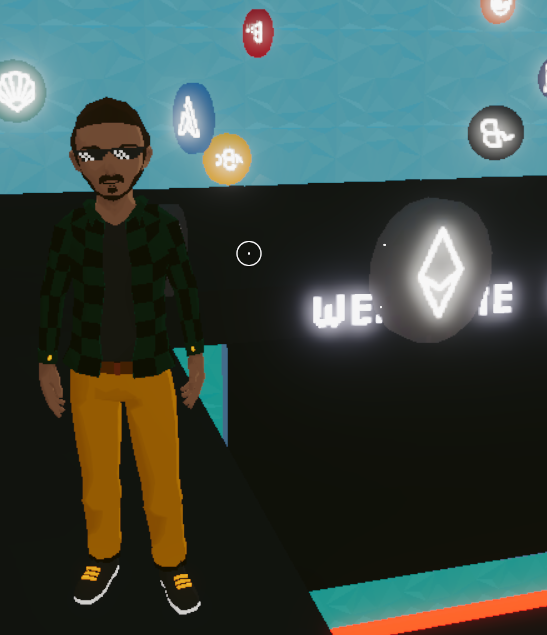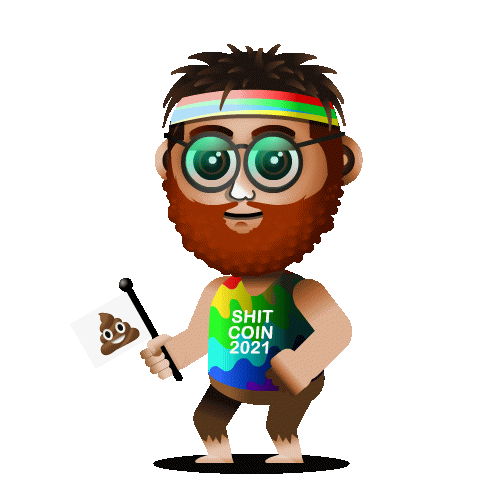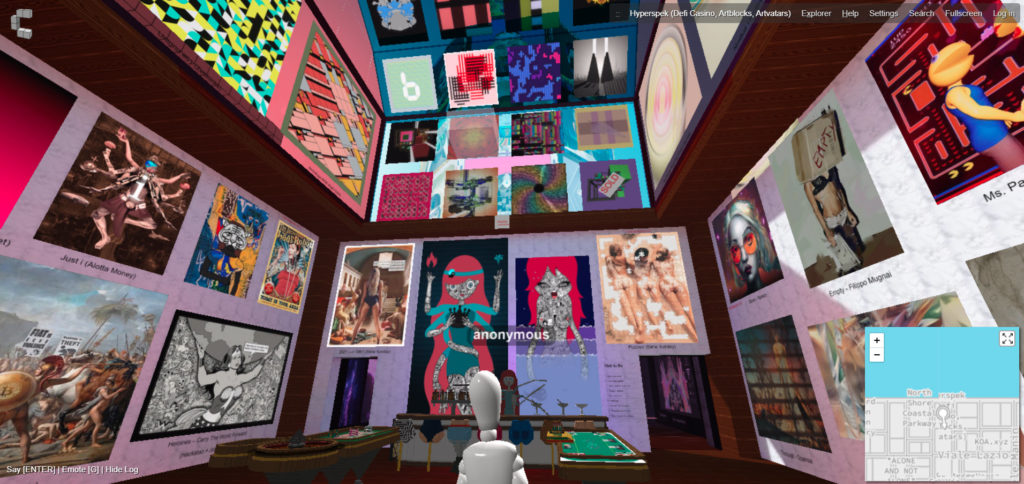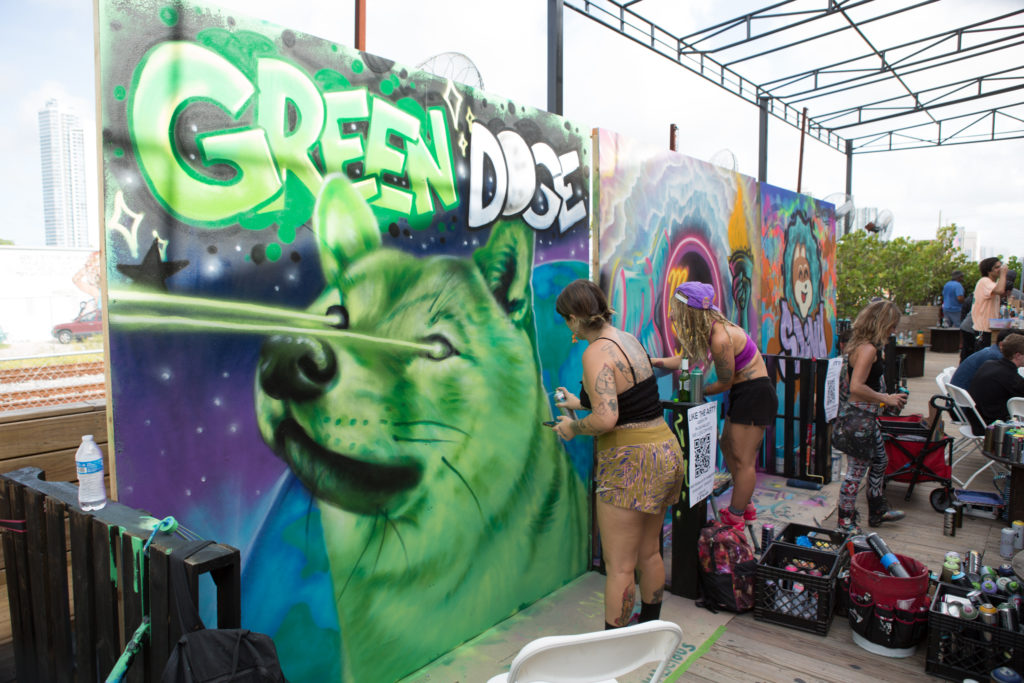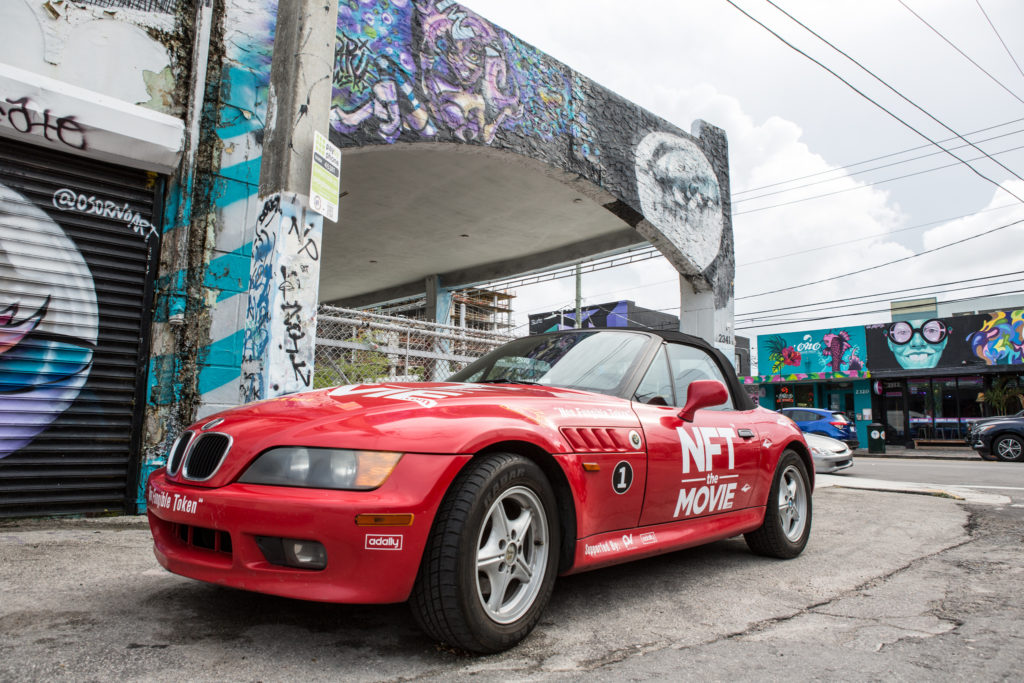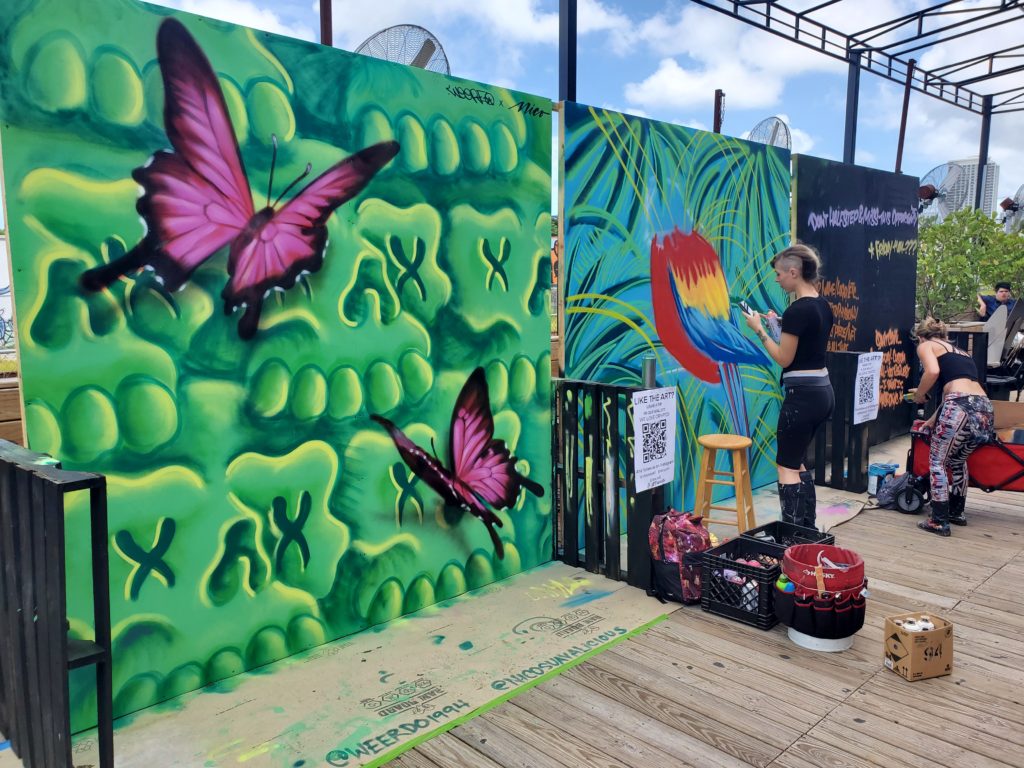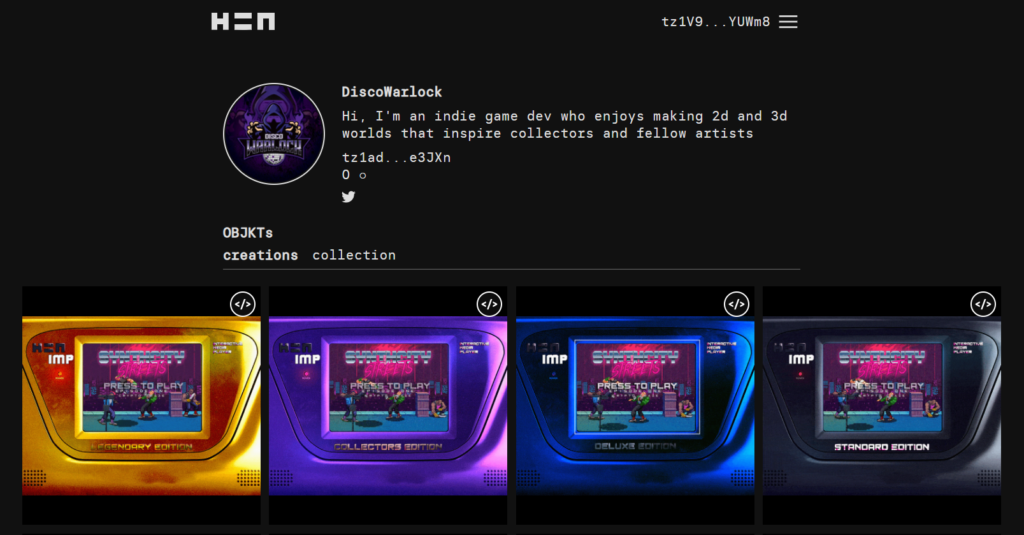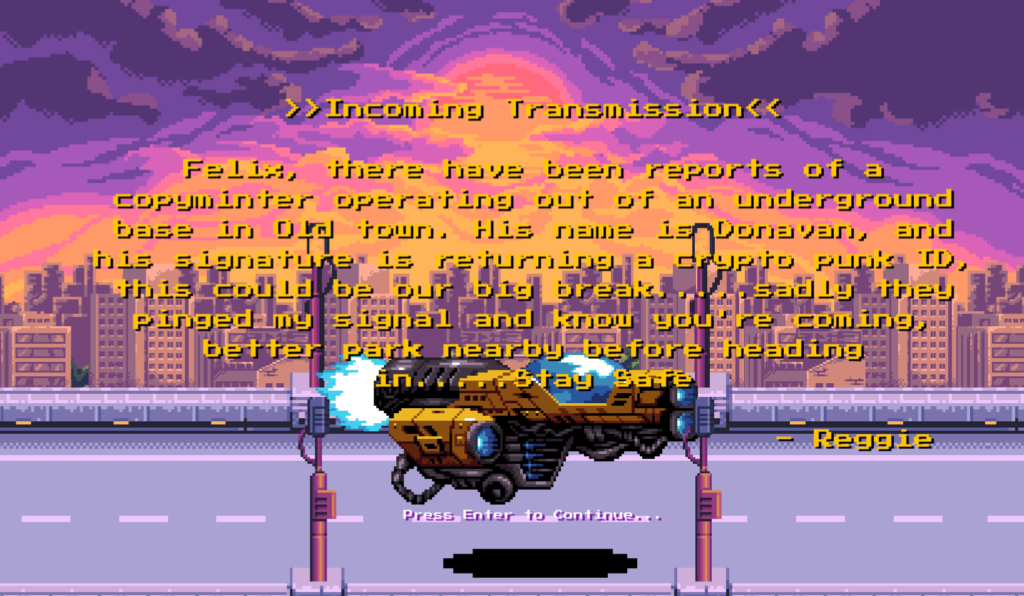What’s the value of an NFT? As more people become curious about this emerging market, creatives worldwide are turning to DIY projects to help bridge the gap between the traditional and the unknown. Two weeks ago in Greenpoint, Brooklyn, La Casa Art House presented BK’s first NFT art exhibition, complete with live performance, DJs, and of course, NFT art. But in the NFT space, two weeks is more like six months. Since the La Casa Arthouse premiere, there have been many first exhibitions, new NFT gallery spaces, and record-breaking auctions. There’s now even an NFT wellness app powered by Enjin.
It makes sense that artists in New York, one of the cultural hubs of punk rock, are already experimenting with ways to incorporate NFTs into IRL experiences. From NFT rugs to a movie theatre showing NFTs on loop, La Casa Arthouse showcased a diverse roster of fresh artists from Brooklyn. A standout of the show was artist Charles Bentley, who turns his digital works into physical paintings.
While some artists in the showcase chose not to mint their work, others were trying out the NFT minting process for the very first time. Some were even testing more underground minting platforms. Ksenia, whose work emphasizes the urgency of climate change, chose to mint her pieces on HicEtNunc, an eco-friendly platform that runs on the Tezos network.
New York’s favorite pop-punk act, LPX, fronted by Neon Gold founder Lizzy Plapinger is one such artist entering the NFT space for the first time. Plapinger has always been a pioneer of new opportunities that allow for a deeper connection with fans. With all live shows canceled due to the coronavirus pandemic, this was not only LPX’s first live show in over a year but also their first foray into this future technology. The band’s set was filmed with live projection mapping, which will later be turned into an audio/visual NFT. Lizzy chatted with us about her experience with NFT’s and why they’re important for musicians.
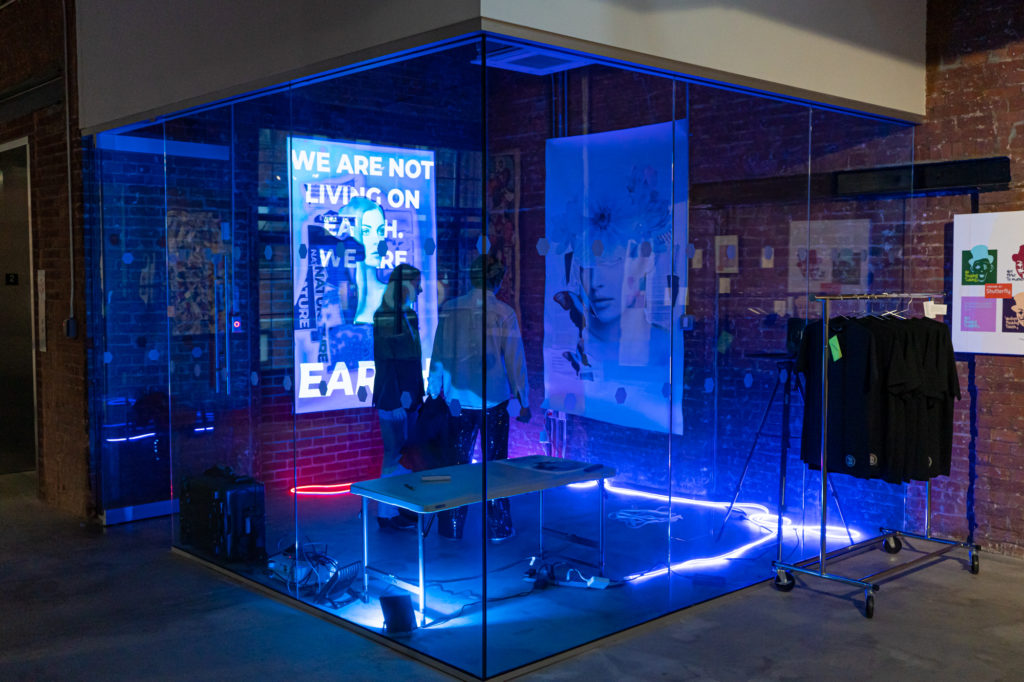
Can you remember who the first person you talked to about NFTs was?
“Absolutely, it was my friend Ryan Rabin of Captain Cuts. After that, it was my business partner Derek (who’s had an interest and foot in this world for some time) while also doing a deep dive into whatever I could find online, glean from clubhouse, or gather from my friend Verite about her experience.”
What was it that drew you to La Casa Art House?
“I’m a huge fan of a local NYC artist named Rachael Tarravechia, who was showing her work at La Casa Art House. When I went to check it out, I immediately clicked with Gonzo, who runs the space, and we bonded over our mutual love and appreciation for the NYC art scene, as well as their passion for community, their taste, and their enthusiasm to share it. I started regularly coming by, and the same week I learned about NFTs, I stopped by to talk to Gonzo about it. We’re both really hyped on the possibilities that come with such an intersectional medium. And his interest in educating other artists on the crypto world and inclusiveness/desire to bring more people into the space is really inspiring. We knew we’d love to collaborate on something together down the line, so when he proposed LPX playing this show, it felt like all the pieces were finally coming together. It’s meaningful to me that this collab has come from a really genuine connection and that the piece itself authentically merges IRL and metaverse in a unique way that speaks to both of our interests and spaces.”
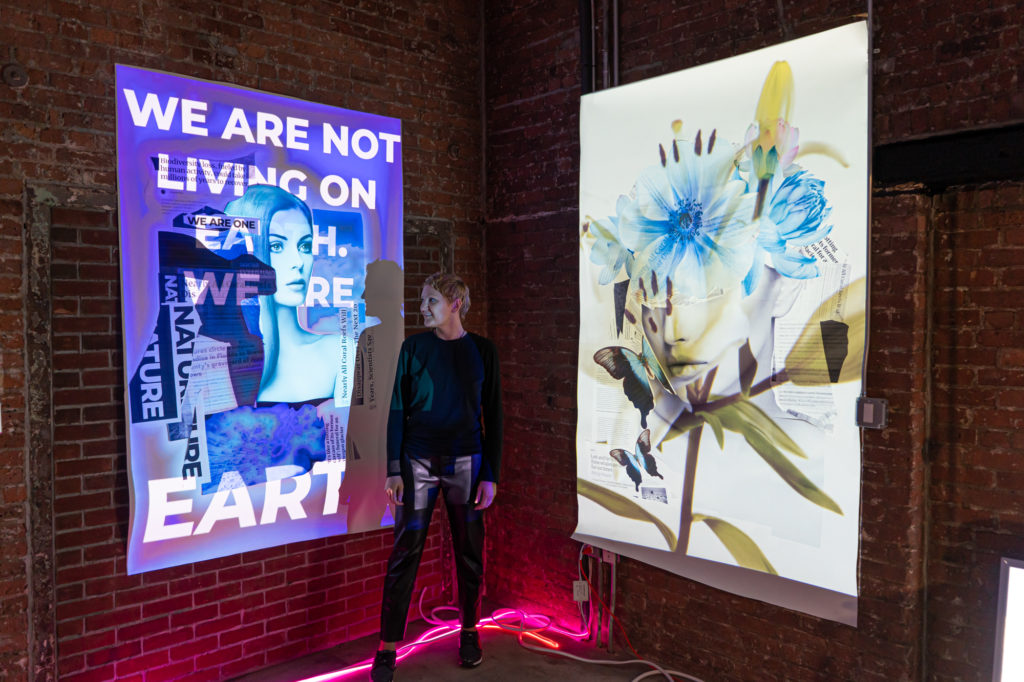
Why is this technology exciting for the music space? Are you working on other ways of incorporating them?
“I’ve always felt like a more holistic artist than just a musician, so this technology to me is a really exciting invitation and creative prompt to create something that can represent that multidimensionality. From a music and technology perspective, it has the potential to better service and pay artists, writers, producers, and the visual artists attached to a project continuously and fairly for their work. I’m especially interested in the artists who use it as an opportunity to think outside the box. Art and music have always gone so hand in hand, but this feels like another way to really honor and explore new levels of collaboration and interplay.”
You’ve always had a strong connection with your fan base. Are you exploring POAP (proof of attendance protocol badges) or unlockables?
“I’m not currently, but it’s something I might consider for the future. There’s still a barrier to entry on the tech + NFT side, be it financial or education/understanding/familiarity, etc., but it has the potential to be a really special (and financially beneficial) way to honor and give back to the fans who are there from the start.”

What’s one of your favorite songs that came out through the coronavirus pandemic?
“The Divine Chord” by The Avalanches. It’s been a bright light on all my best and worst moments of the past year.”
At Bitcoin Conference this past week in Miami, it was clear that the hype surrounding the NFT market is not fading soon. There are a myriad of use cases for NFT technology, and art happens to be one of the most accessible examples. Clubhouse group turned powerhouse community NFTs.tips organized a week of programming around this technology, hoping to educate the curious while also showcasing top-notch art from 116 artists from 6 continents. The power of community in NFTs is also evident by the collaboration between NFTs.tips and La Casa Arthouse at BTC 20201, with the Brooklyn-based gallery designing light forms for the “Out of the Dark, Into the Light” exhibition.
